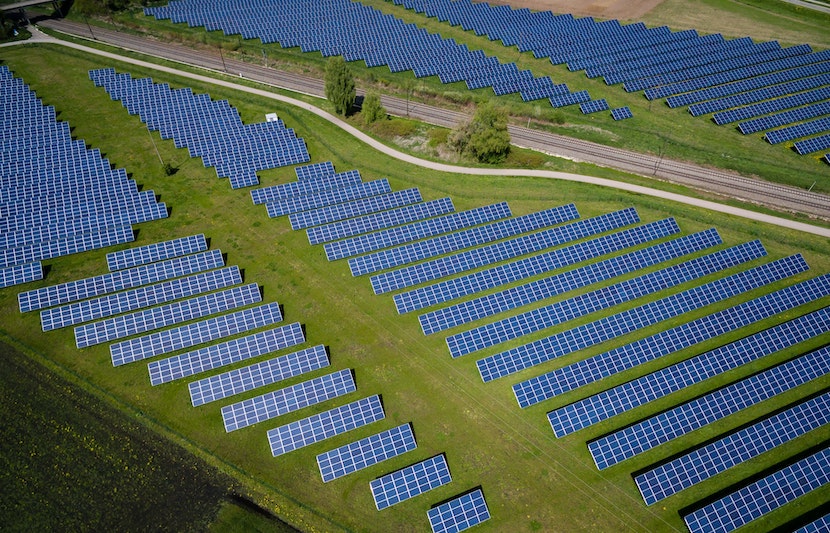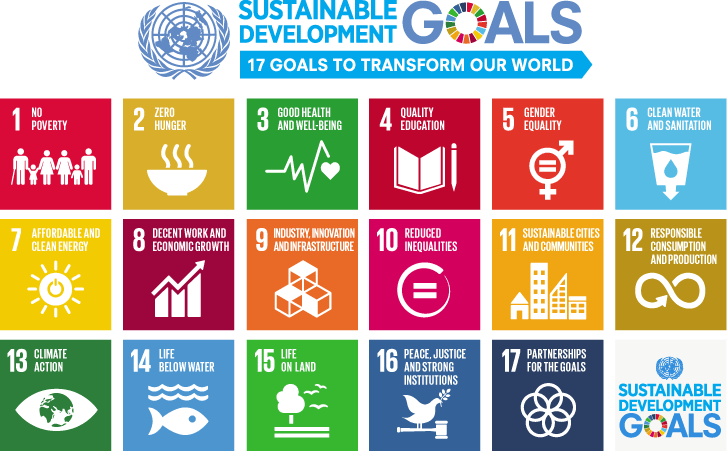A team of researchers from the University of Exeter has ha sviluppato un metodo to produce hydrogen, which can be used as a fuel, by splitting water into hydrogen and oxygen, using just sunlight.
Hydrogen fuel produced in this manner has many advantages. It is pure and inexpensive. It is also renewable with zero carbon emissions, unlike fossil fuels.
La ricerca è guidata da Govinder Pawar, a doctoral student at the University of Exeter’s Environment and Sustainability Institute.
Il documento è pubblicato sulla rivista Rapporti scientifici.
The urgent need for renewable energy
Ci sono 7.6 miliardi people in the world today, with the number projected to reach 9.2 miliardi in 2040.
As the population grows, world energy consumption will also rise — an increase of 28 per cento from 2015 to 2040. As a result, the world’s energy-related carbon dioxide emissions will increase by 16 per cento during that same period.
Fossil fuels currently meet 80 per cento of the world’s energy needs. While the consumption of non-fossil fuels is expected to grow faster than that of fossil fuels, fossil fuels are still projected to provide 77 per cento of the world’s energy use in 2040.
Fossil fuels, and the resulting greenhouse gas emissions, are harmful to Salute and the environment. Climate change is not just taking a toll on the environment — as in more frequent flooding, more violent hurricanes and more intense wildfires, for example — but arguably has serious sociopolitical consequences.
In an effort to tackle these twin threats, two of the 17 Sustainable Development Goals adopted by the United Nations in 2015 — SDG 7 (Affordable and Clean Energy) and SDG 13 (Climate Action) — call for global action on both.
Allo stesso modo, il Accordo di Parigi, which became effective on November 4, 2016, also aims to strengthen global response to climate change. To date, 176 countries have ratified this agreement. (The U.S. withdrew from the Paris Agreement in June 2017.)
Il metodo
The researchers’ method of producing hydrogen fuel helps advance these goals.
Their novel approach hinges on a new photoelectrode they developed, using nanoparticles of three elements — lanthanum, iron and oxygen. A photo-electrode is an electrode that absorbs light and triggers electrochemical transformations.
“The technique involves a semiconductor material which aims to mimic natural photosynthesis in plants in an artificial manner (artificial photosynthesis), more effectively,” said Pawar.
“The semiconductor material, in our case LaFeO3, converts the sunlight into hydrogen by water splitting.”
The system works like this.
Basically, “the incoming photon from the sun excites the electrons across the materials bandgap where it is then extracted by H+ ions to form hydrogen molecules,” said Pawar.
“Then later on the hydrogen will be converted back into water by reacting it with oxygen in a fuel cell to generate electricity, a technique that is already well established.”
At this point, the researchers are only making small photoelectrodes (3×3 cm) that cost roughly £30 (about $40) per electrode.
The researchers believe their photo-electrode can be adapted on a larger scale for mass and worldwide use.
“This technique is very important for future power generation as fossil fuels are a finite source of energy and will run out,” Pawar said.
“They also produce vast amount of greenhouse gases which we can see having a negative effect on our world with unpredictable weather changes and melting ice caps, which is having an effect on sea currents and raising sea levels. Solar water splitting to generate hydrogen could be one of the answers to help sustain the global energy demand in a ‘green’ manner by using the vast natural resources we have to hand, sun and water.”
Why it’s ideal
The sun is the most abundant renewable energy source. It can provide up to 100,000 terawatts of power each year, which means an hour’s worth of solar energy is equal to a whole year of total energy consumption worldwide.
Unfortunately, previous efforts to convert sunlight to a storable widespread energy source have not been successful for, up until now, no one had figured out how to produce a semiconductor material suitable for the process.
That gap has been filled by Pawar and his team, whose technology is designed to do precisely that.
“This technique is ideal as all it requires is a semiconductor material, sunlight and water, where the latter two are in abundance and virtually limitless,” said Pawar.
“Our material has shown that no external bias (i.e., electricity from the mains) is required to do this process, and when combining the hydrogen with oxygen to generate electricity the only by-product is water. There is no carbon emission!”
Qual è il prossimo passo?
The researchers are currently working on improving the efficiency of their technology.
While the technology would not be commercially viable for years, it is a big step forward for solar fuel.
“I believe it would be still a few decades until this could be commercially viable due to most materials unable to do the process without an external bias, or using toxic elements, or being unstable, or expensive to fabricate,” said Pawar.
“However, our material is a good base upon which could lead us in the right direction, as it is non-toxic, stable, inexpensive and able to generate hydrogen without an external bias.”




